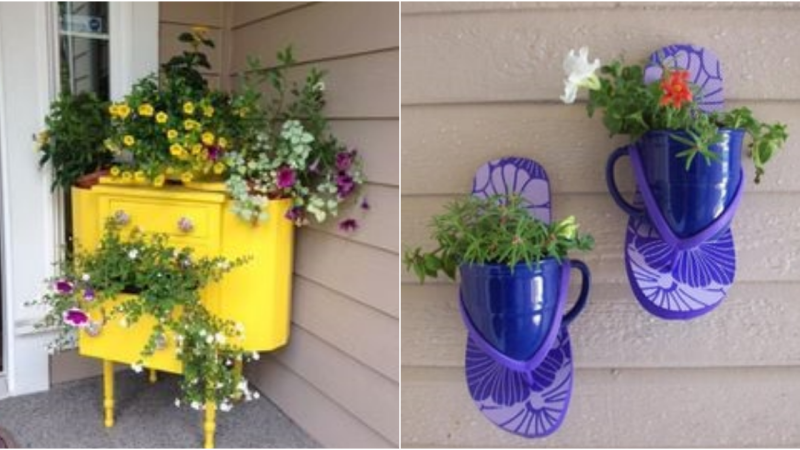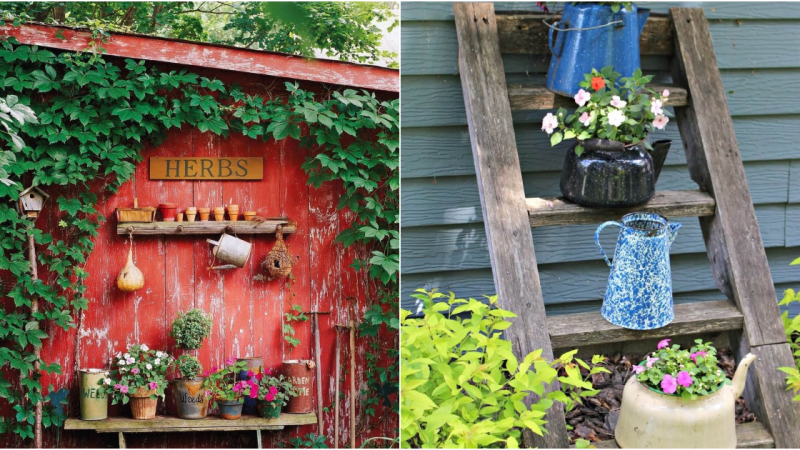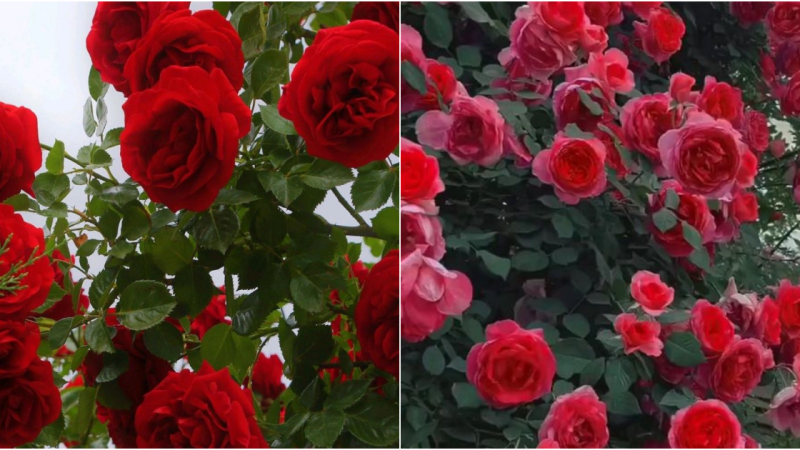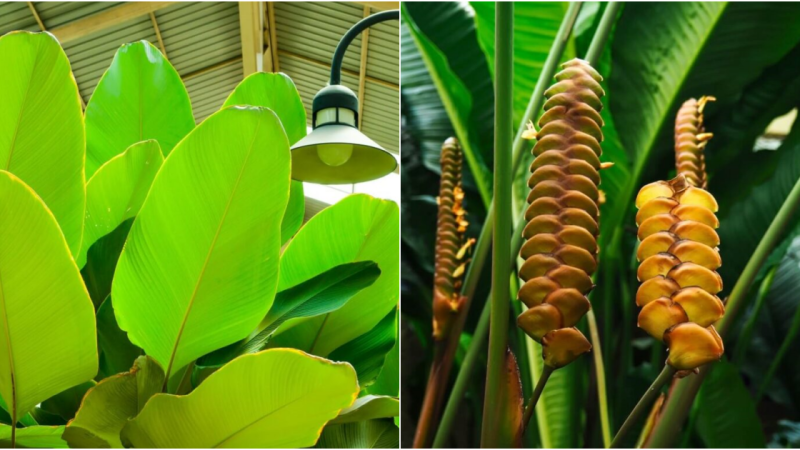Architect’s Tips for Designing a Stunningly Aesthetic Garden: Landscape Design and Plant Selection

Breeders provide us with a vast variety of shrubs, trees, and flowers. But is it worth getting too carried away with quantity and working extensively on demanding plant species that rarely look decorative and often require insulation or suffer from poor conditions? To ensure that the garden serves us and creates a tranquil space, it is necessary to carefully select and combine plant species on our premises.

First and foremost, determine the geometry of the future plant canopy.
What effect are you aiming for? If you desire a well-defined contour, then choose plants specifically bred for such forms.
Essentially, before planting trees or shrubs, envision their size in 5, 10, 25 years. Based on that, select the tree varieties.
One common mistake among gardeners is planting too wide of a range of plants. The result of such disarray is a loss of aesthetic appeal.
A landscape filled with orderly repeating plants looks more beautiful and stylish. There may not be as many species, but the composition will appear more decorative.
Incorporate natural stone or paving in landscape design; they complement the living vegetation and surroundings perfectly.
Stone paths, borders, and arches in the area visually enlarge and make it more intriguing.
Stone paths, borders, and arches in the area visually enlarge and make it more intriguing.
Create spots of different shapes and fill them with uniform plants.
Combining different species is a true art. If you have the time to maintain the landscape, mix flowering plants with evergreens.
Leave open spaces, lawns, courtyards, and ponds. Plant groups look more interesting from a distance.
Use fruit beds as a landscape element.
Use pathway materials to enhance the greenery.
Height variations are highly advantageous for compositions in the area. If the plot is completely flat and surrounded by fields, artificial elevation can be created, with one side fenced with a retaining wall and the other having a gentle transition.
It’s not always possible to have a pond, but it can be replaced with dry stone compositions, bridges, and shrubs.
The garden area is a personal space created in harmony with nature, which can be the most exciting and creative endeavor!
Thank you for reading the material, and I look forward to your feedback!














